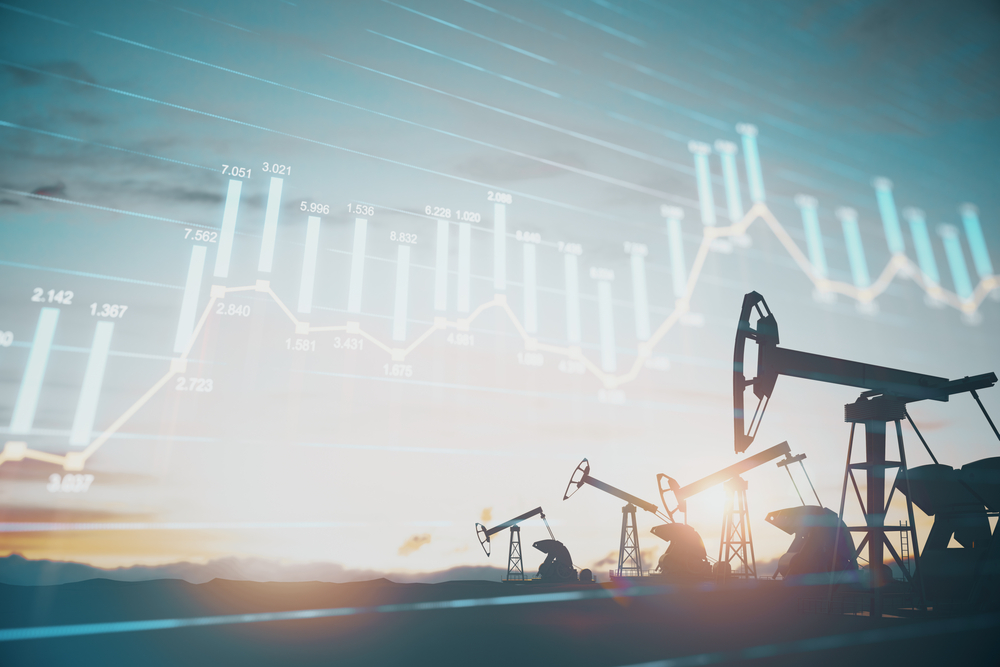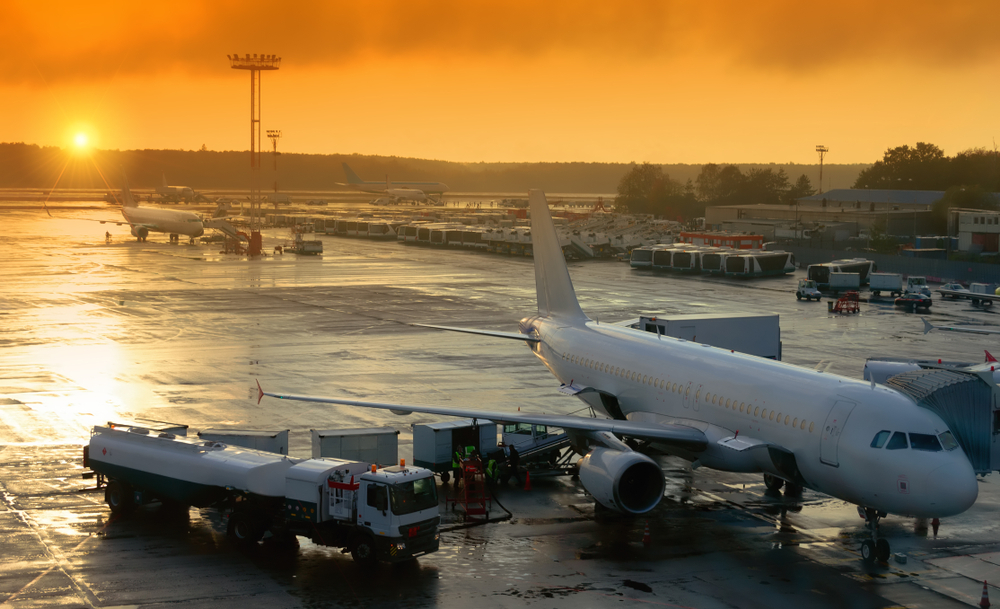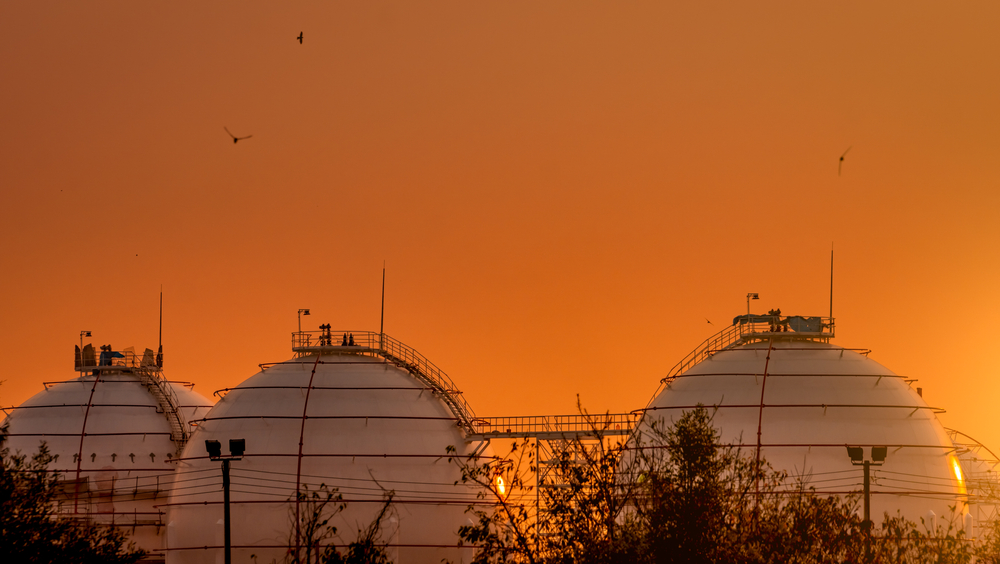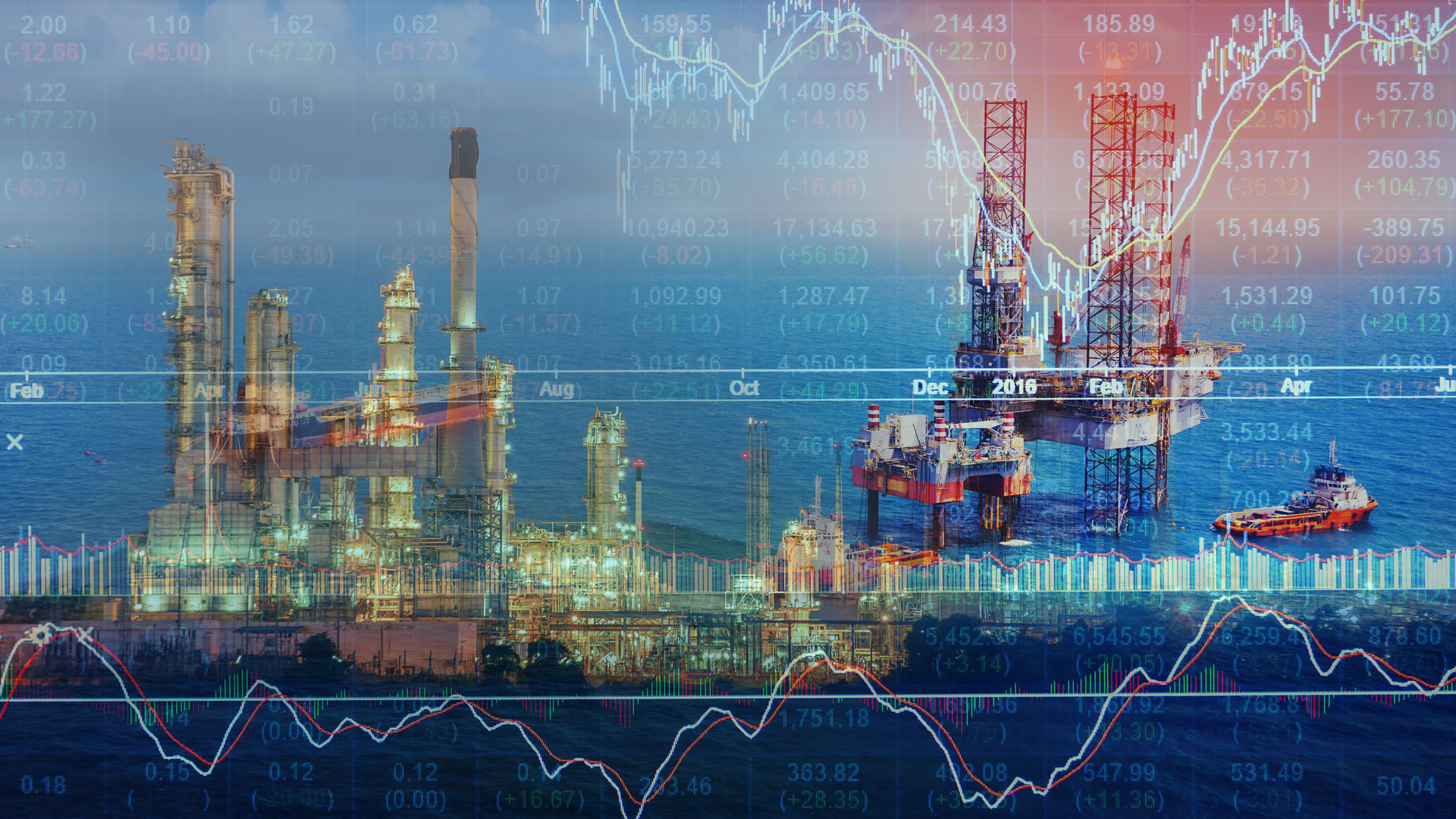In early December, the oil market faced an unprecedented downturn. For the first time since March 2020, global prices collapsed by almost 20%. The situation remains difficult to predict as commodity prices are affected by the emergence of Omicron, a new strain of COVID-19, which could prove even more contagious than Delta. At the same time, along with global economic recovery, 2021 brought an increase in prices for crude oil as well as for products of most adjacent industries.
In early December, the cost of Brent crude oil fell below USD 68 per barrel on the ICE in London, having dropped by almost 10% on the first day of the month on the back of the US decision to release 50 million barrels from America’s strategic reserves. Several other countries have also released their reserves to the market. Coupled with the risks of new lockdowns, this caused a serious drop in the price. Investors fear new COVID restrictions, interruptions in transport services and, as a consequence, lower demand for fuel.
IF WE LOOK AT OIL PRICES THROUGHOUT 2021, A STEADY UPWARD TREND BECOMES APPARENT. FOR EXAMPLE, IN MID-OCTOBER, THE PRICE OF BRENT HIT HIGHS NOT SEEN IN THREE YEARS
“A string of lockdowns is now being introduced around the world. Japan, for example, even cancelled the Grand Prix of Figure Skating Final set to be held there. Flights to Africa and some other countries are being cancelled. Europe is beginning to impose restrictions and vaccine mandates. So far, however, the new strain has been little studied, and it may not be as aggressive as the previous Delta variant, but there is a possibility that existing vaccines are not sufficiently effective against it. If this turns out to be the case, the world may return to the situation we had in spring and summer of last year, when the only protection was purely mechanical such as masks, social distancing, and lockdowns. Of course, in these conditions, oil prices are unlikely to rise, they would instead take a downwards turn. But OPEC+’s decision may slow down the decline unless they ramp up production, or even if they start cutting their output,” said Andrey Kochetkov, lead analyst at Otkritie Investments.
At the beginning of the month, however, the OPEC+ countries decided to continue on the alliance’s current course and ramp up oil production by a planned 400 kbpd in January.
“The alliance’s decision will have no effect on the oil price, as this was the expected announcement. If OPEC+ had effectively reduced the additional supply of oil by, for example, not sticking to 400 kbpd, but lowering it to 200 kbpd, it would have supported the market. Otherwise, if they had accelerated oil production by more than 400 kbpd in January, it would have negatively impacted oil prices. The decision we are seeing has already been priced in. There were no other sides to this decision that would have affected current oil prices. The only other factors for traders that remain uncertain include the Omicron variant and expectations of a resolution to the energy crisis unfolding in China and Europe. If the crisis comes to an end, the extra demand for energy ought to disappear, and this will put pressure on prices,” said independent expert Dmitry Lyutyagin.
If oil prices indeed continue to fall, this will affect the Russian rouble as well. According to Andrey Kochetkov, “the rouble will also be somewhat affected, but a slight decline in oil prices is actually supportive to the rouble, as the Ministry of Finance will be obliged to reduce its budgetary rule forex purchases.”

However, if we look at oil prices throughout 2021, a steady upward trend becomes apparent. For example, in mid-October, the price of Brent hit highs not seen in three years. The price exceeded USD 86 per barrel for the first time since 1 October 2018. By 8 December 2021, the Brent price rose again to USD 75 per barrel.
CHANGES IN OIL PRICES INEVITABLY AFFECT OTHER ADJACENT INDUSTRIES: AS OIL PRICES RISE, SO DO THE PRICES FOR FUELS, POLYMERS, AND OTHER DERIVATIVE PRODUCTS
Interconnected growth
Changes in oil prices inevitably affect other adjacent industries: as oil prices rise, so do the prices for fuels, polymers, and other derivative products. For instance, the rise in global oil prices during 2021 sent jet fuel prices up as well. According to the Russian Air Transport Operators Association and data from the Saint Petersburg International Mercantile Exchange, the annualised cost of jet fuel was 19.5% higher year-on-year in October 2020, and already 24.3% higher in early November 2021.
Motor transport is catching up: in early November, average US petrol prices broke their 2014 high of USD 3.74 per gallon (about a dollar per litre). The cost of petrol in the USA is known to be directly dependent on oil prices. In Russia, however, prices do not directly affect the retail price of motor fuel, but wholesale prices are partially driven by the cost of petroleum products in Europe.
In 2021, retail petrol prices in Russia grew by 6.9%, while in other countries they were up 20%–30%. The difference is due to the damping mechanism used by the Russian authorities to adjust fuel prices within the country: when petrol and diesel are high in Europe, domestic oil companies receive compensation from the government for supplying fuel to the Russian market.

The rising global oil and gas prices in 2021 were also among the causes for the increase in prices of polymer products; the key feedstock for polymers is LPG produced from associated petroleum gas and naphtha, so when prices rose, polymer prices inevitably followed suit.
THE RISING GLOBAL OIL AND GAS PRICES IN 2021 WERE ALSO AMONG THE CAUSES FOR THE INCREASE IN PRICES OF POLYMER PRODUCTS, WHICH CAN BE CONSIDERED INEVITABLE
Another important factor was that 2021 was also the year that, despite new waves of the virus, the global economy recovered from the COVID-19 crisis. Having dropped sharply in early 2020, demand for polymer products from processors began to recover in Q3 2020 and is likely to continue to grow. The supply, however, does not yet match the demand, and one of the reasons for this is the power crunch in China. Due to rising coal prices and domestic production cuts in an attempt to meet stricter environmental requirements, electricity consumption across a number of Chinese provinces has had to be rationed, while tens of thousands of businesses have transitioned to a two-day work week or have suspended operations altogether. Suspended operations of major petrochemical plants in China have already led to a 10% increase in the price of key polymers.
The rise in polymer prices is also due to the undersupply in the global market caused by the shutdown of a number of processors in the EU and the USA and a surge in transport costs. This trend emerged as early as the second half of 2020, when demand for polymers from processors began to recover. However, unprecedentedly high freight rates (up more than fivefold for individual destinations) and the global container shortage have led to delays in the delivery of polymer products.

Supply chains disrupted by the pandemic
The COVID-19 restrictions of 2020 caused a number of logistical disruptions. According to IHS Markit, the unprecedented global logistical bottlenecks faced throughout 2021 show no signs of easing in 2022, with chemicals being one of the commodities most at risk of further disruption. The current delays in the global supply chain are by far the longest in 30 years.
THE SURGE IN CONTAINER FREIGHT RATES HAS BEEN SO SIGNIFICANT THAT HIGHLY EXPENSIVE AIR TRANSPORT IS ABLE TO COMPETE WITH SHIPPING; IN FACT, A NUMBER OF COMPANIES HAVE EVEN BEEN FORCED TO CHOOSE ALTERNATIVE MODES
The supply chain crisis began with port congestion as the result of a faster-than-expected economic rebound following the first wave of the pandemic. Winter storms that halted petrochemical production on the US Gulf Coast exacerbated the situation. A new wave of COVID-19 cases in Asia caused further disruption to the global shipping container flow, with ports in southern China closing or operating at limited capacity.
Deliveries were delayed, including critical raw materials and products intended for further distribution. For example, the port-to-port time from Shanghai to the US West Coast has increased from two weeks to more than 30 days. Inevitably, product shortages began to occur, specifically for specialty chemicals.

The restrictions also caused a surge in transport costs. For instance, the cost of seaborne shipping reached its five-year high this summer. The UN Conference on Trade and Development’s annual Review of Maritime Transport suggests that if the current surge in container freight rates is sustained, global import price levels could rise by an average of 10.6% by 2023. The surge in container freight rates has been so significant that highly expensive air transport is able to compete with shipping; in fact, a number of companies have even been forced to choose alternative modes, including air.
EXPERTS FORECAST THAT OIL PRICES, AFTER FALLING AT THE YEAR-END, ARE LIKELY TO REBOUND NEXT YEAR
All is not well with road transport, either: Europe lacks HGV drivers, which leads to further delays and additional transport costs. Increased demand associated with the recovery of manufacturing only grows as the holiday season approaches, which means that port congestion in many key European trading hubs is also growing. Despite the signs of some easing due to increased Asian production volumes, supply constraints remain unprecedented. The resulting feedstock shortages curb production growth and create a seller’s market, where suppliers set higher prices and the manufacturing sector has to deal with the highest input costs in 13 years.
Logistical problems are expected to persist through the first half of 2022, and possibly continue into 2023. Some experts expect disruptions to continue until populations in emerging markets are fully vaccinated.
The global impact of the COVID-19 crisis
Rising shipping costs, supply disruptions, and other logistical problems affect prices in almost all industries just as strongly as oil market trends. It should therefore come as no surprise that despite the year-end drop in oil prices, other markets such as fuels, polymers, and specialty chemicals did not react with the same drop.
The way the pandemic has affected the decline in production, and, accordingly, inventory build-ups, has had a profound effect on global market shortages. Supply disruptions and higher shipping costs only exacerbate the problem. Combined with the growing consumer demand, these factors will increase or at least maintain the current prices in most industries, even despite lower oil prices.
But this will not last too long either. Experts forecast that oil prices, after falling at the year-end, are likely to rebound next year.

“Oil prices tend to retrace, and they have mostly already done that. The market is expected to further slacken until the New Year, after which some consolidation is in order, and, probably, in the middle of the first quarter we will see a resumed uptrend – unless the price is suppressed by any additional headwinds. Experts will also need to finalise their analysis of Omicron’s impact on the global economy, and if it is not as devastating as the first wave of the pandemic, it will not affect oil prices, which will experience further upward pressure. Another persistent factor could be the expectations and actual measures that the US Federal Reserve will carry out as part of its liquidity support. Currently, it is negatively impacting the oil market and may affect it well into 2022. The Fed says that it sees a risk of inflation, which is a direct signal that it considers winding down its support and raising the key rate. If this happens, the market will be put under pressure, including oil,” concludes Dmitry Lyutyagin.
Meanwhile, volatility suits neither sellers nor buyers. But this is the new normal in which we have to consider not only standard metrics, but also wait until we have gauged the severity of the new COVID-19 variant.



















Comments (1)